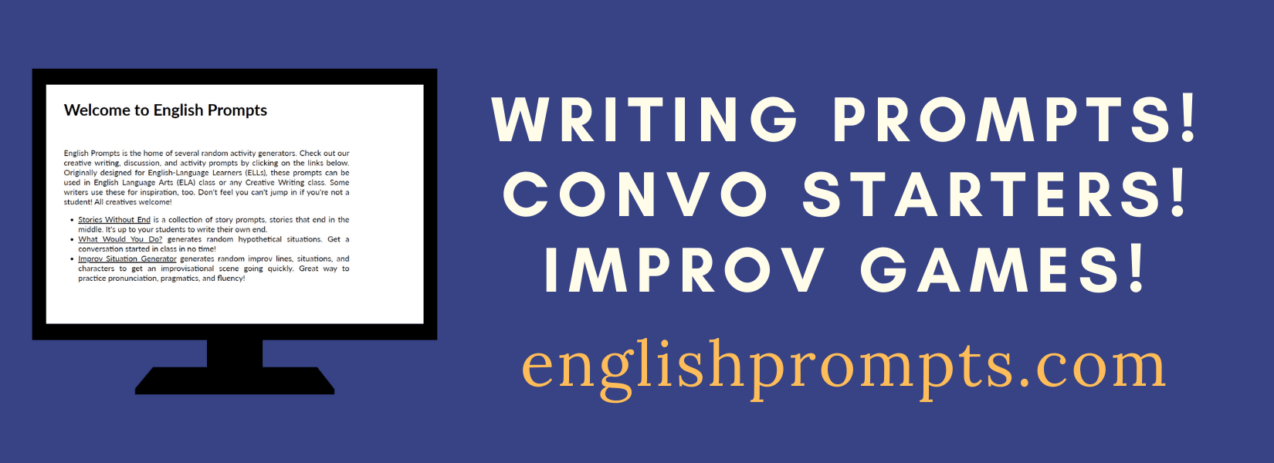As more and more teachers are turning to online teaching and distance learning for the forseeable future, and students may be considering self-study options, I’d like to introduce our free prompt generating tool, English Prompts, […]
Alphabet Publishing
Teacher-Created, Classroom-Tested ELT Resources

